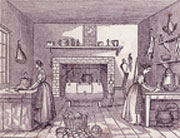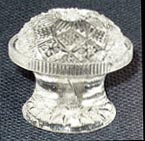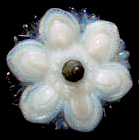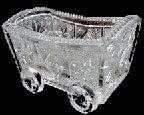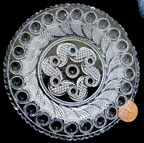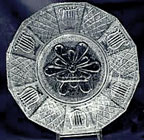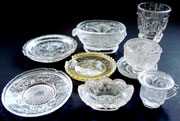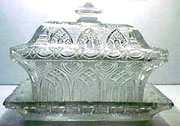It is hard to get our minds around life in the 1830s in America. There were a few large cities, but most lived in smaller, rural areas. Clothes were seldom 'store bought' so all of the clothing for the family of the 1830s had to be hand stitched. It wasn't until Lewis & Clark had explored the West in the 1805-07 that wagon trains began migrating west. So some of that sewing had to be done in the back of a covered wagon.
Except for the wealthy, women raised the children & were also kept busy raising & preserving food & tending livestock. Most families depended on wood for heating & cooking & mostly men were responsible for cutting & chopping. Other than candles, kerosene lamps were the only source of light.
Queen Victoria didn't ascend to the English throne until 1837.
Let's face it, with no indoor plumbing - not ONE of us would trade lives with Victorians for more than a few days.
|
